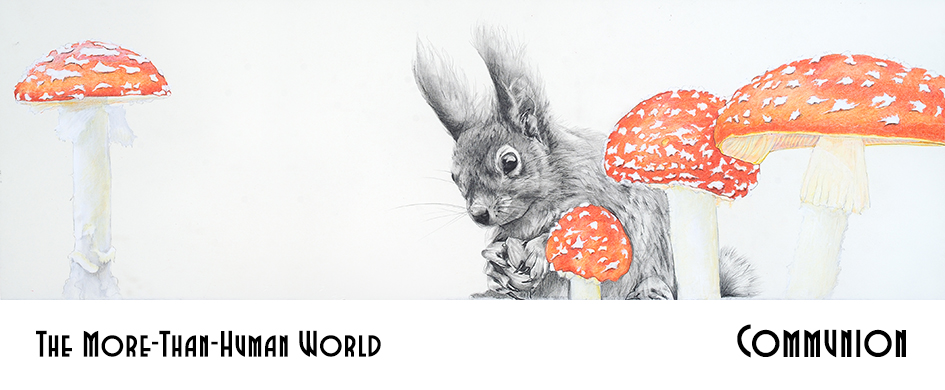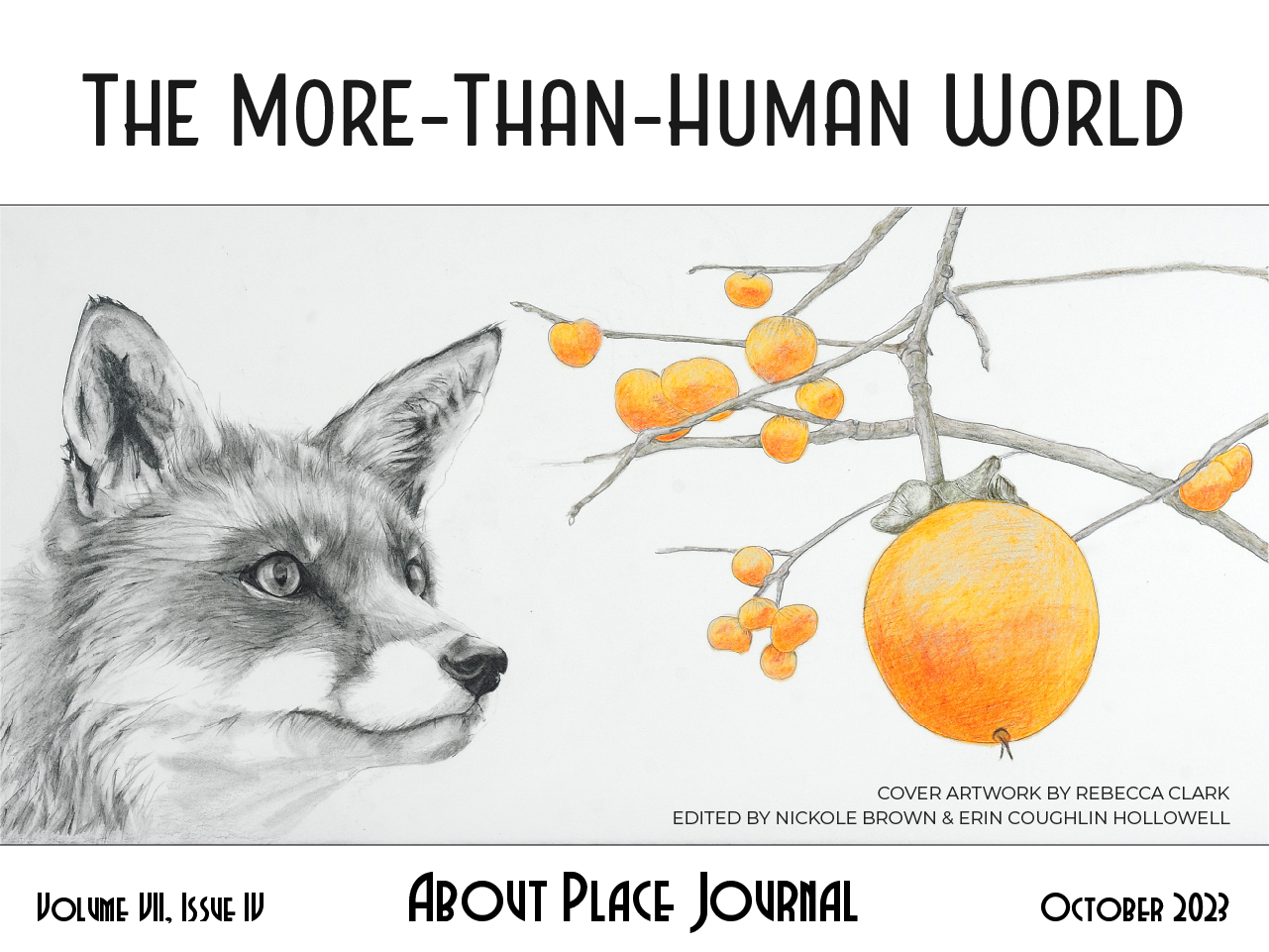Experiments indicate that bees have surprisingly rich inner worlds.
Lars Chittka, The Mind of a Bee
In the darkness of the hive, 20,000 bees
are framing 100,000 hexagonal cells
so precise that they were once
considered a unit of measure,
while workers deep inside an almond
grove, saddlebags loaded with pollen,
take a last measure of the sun
before turning towards home.
Still, researchers insist on asking
the obvious—can bees replicate
a task, recognize faces, measure
distance, share joy, and distress?
I hope the bees are amused by it all–
as if the human umwelt was the only
perception in town? What do you
think being a bee is all about?
Inside the hive, they must trade
their own cautionary tales:
Beware the boy with a stick.
Avoid spiders and their webs,
and flowers so sticky and sweet
they will smother you in nectar.
But most of all, do not panic
when the keeper fills the hive
with smoke and you get caught
inside his hood. Stay calm,
the smoke will recede. He will
lift the veil and you will fly free.


